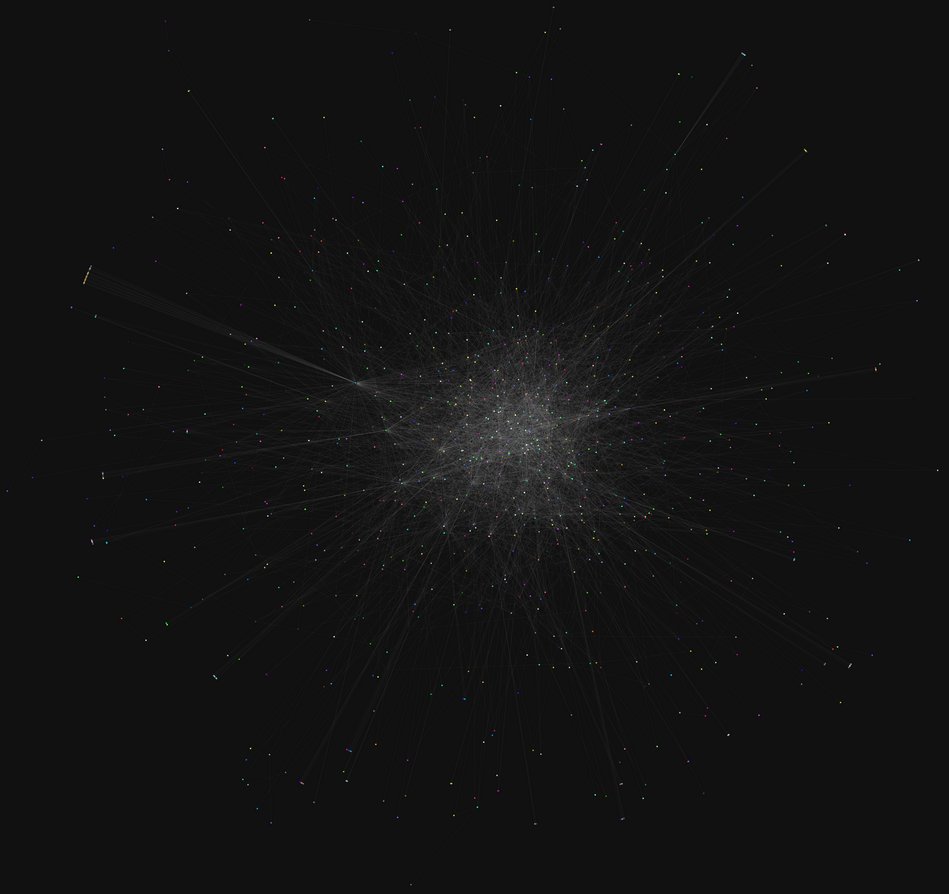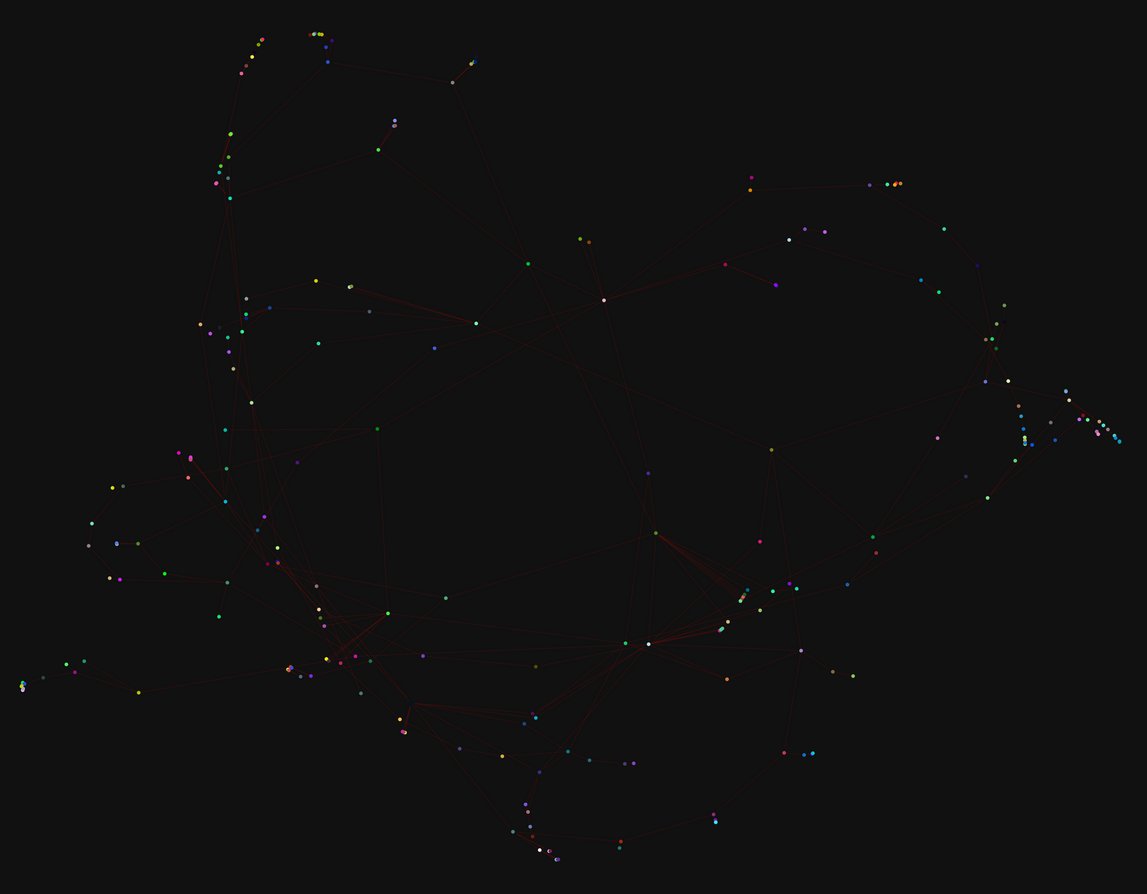In this section we will document simulations performed on the College Msg Core dataset (details below). In particular, we assess the worst-case scenario of a server with access to a sender-oracle (i.e. able to attribute tags to a particular sender) to understand how much information is leaked by fuzzytags without appropriate deployment mitigations.
College IM Dataset Simulations
Nodes 1899
Temporal Edges 59835
Time span 193 days
Pietro Panzarasa, Tore Opsahl, and Kathleen M. Carley. "Patterns and dynamics of users' behavior and interaction: Network analysis of an online community." Journal of the American Society for Information Science and Technology 60.5 (2009): 911-932.

Scenario 1
Setup: 20k events (7330 links). False positive rates: [0.007812, 0.5]. No entangling.
Result: Server can identify ~4.3% of original graph (313 links) with a 12% false positive rate at threshold: 0.0001.

Scenario 2
Setup: 20k events (7330 links). False positive rates: [0.007812, 0.5]. Every tag entangled to one random node (as before).
Result: Server can identify ~3.95% of original graph (290 links) with a ~15% false positive rate.

Discussion
A very similar result to our observations on the EU Core email dataset, entangled tags increase the false positive rate, although overall it requires non-naive entangling strategies to push the false positive rate of the derived graph to a place where it would not be useful for an adversary.